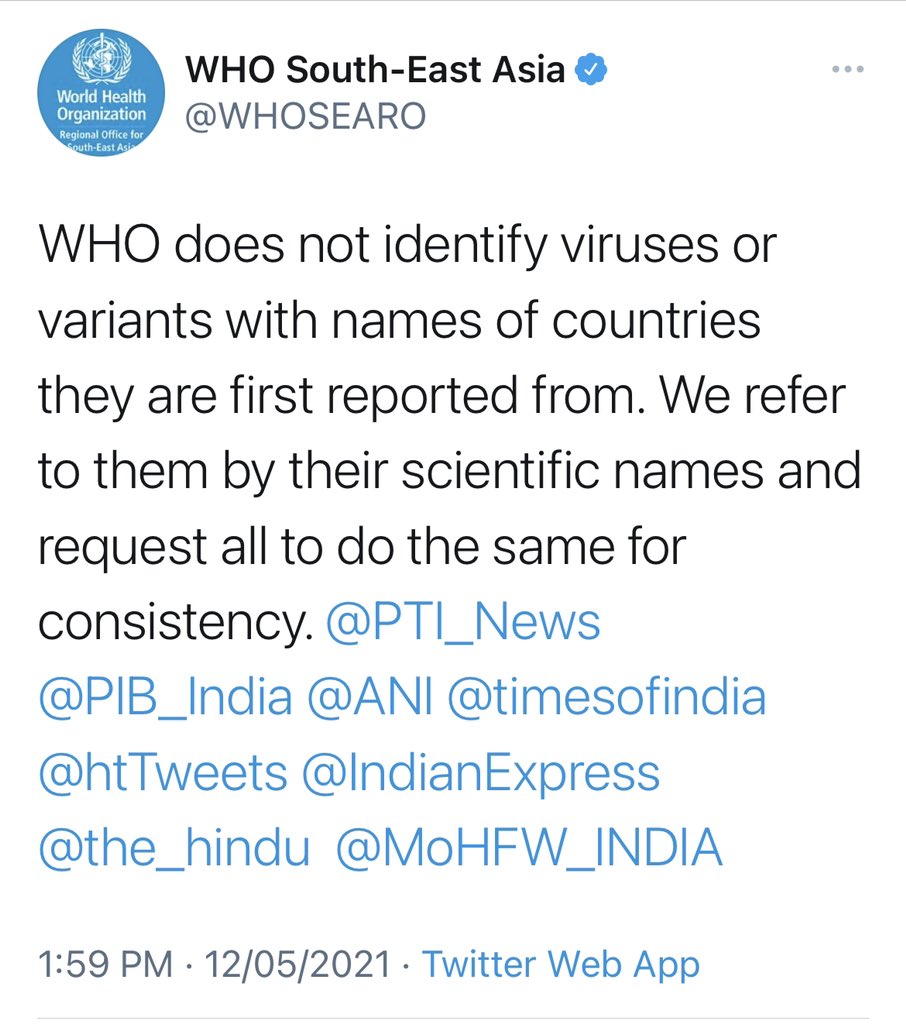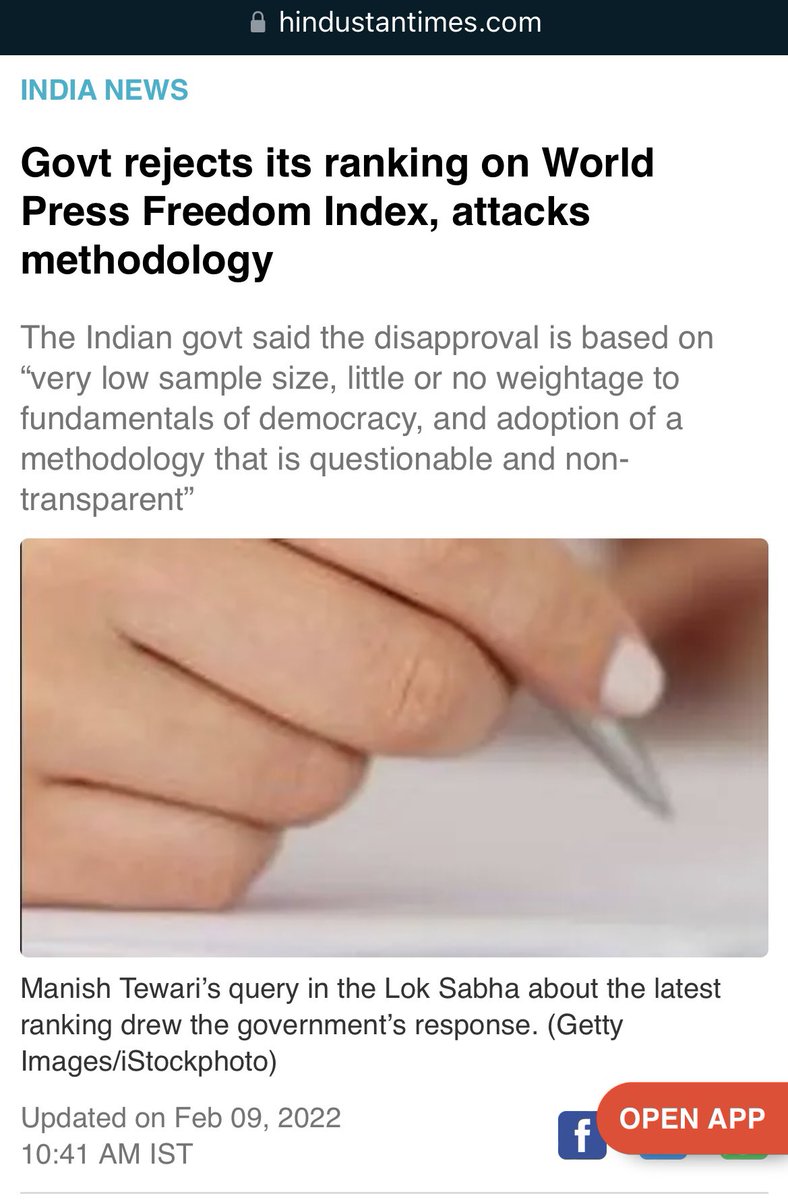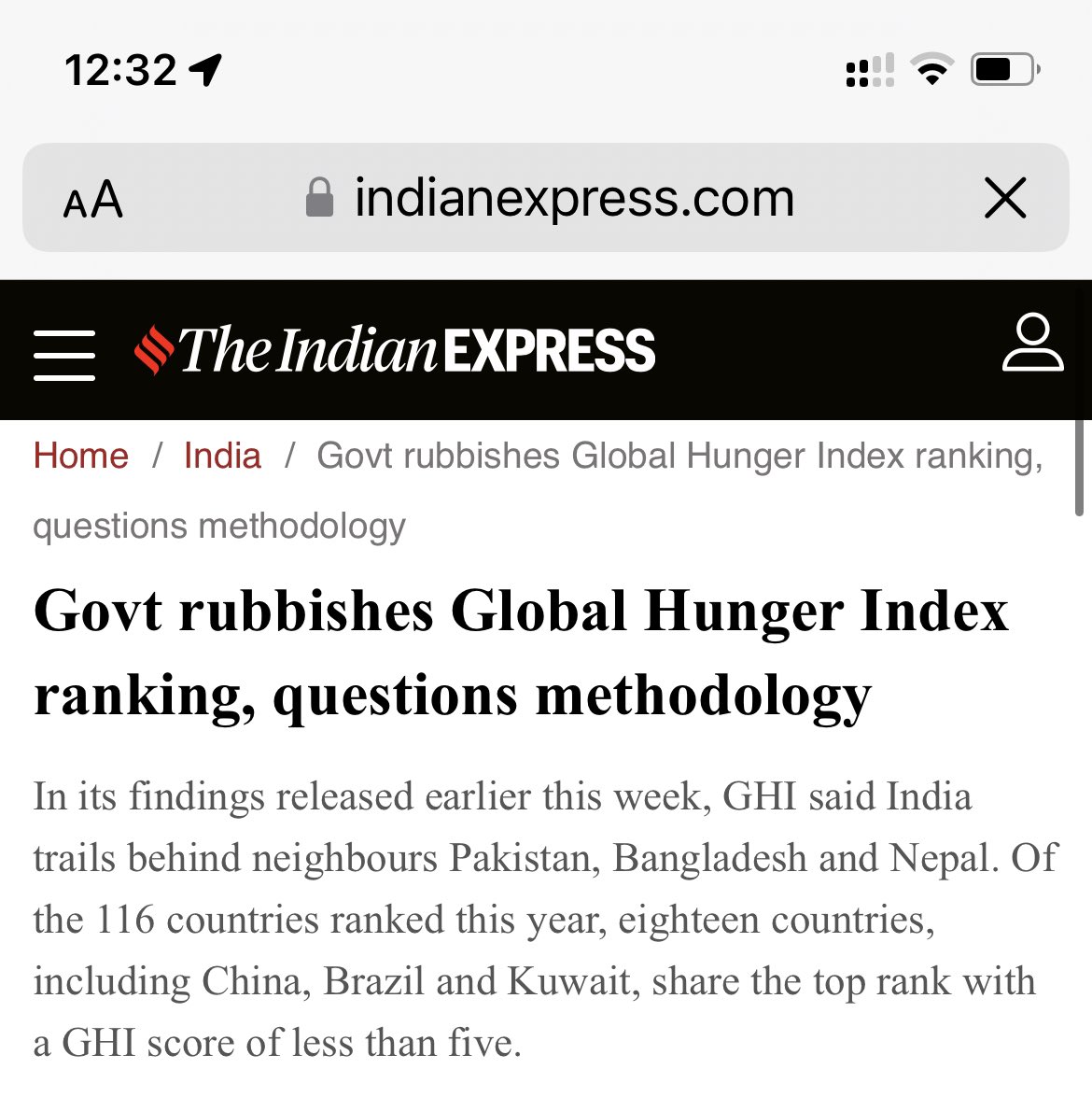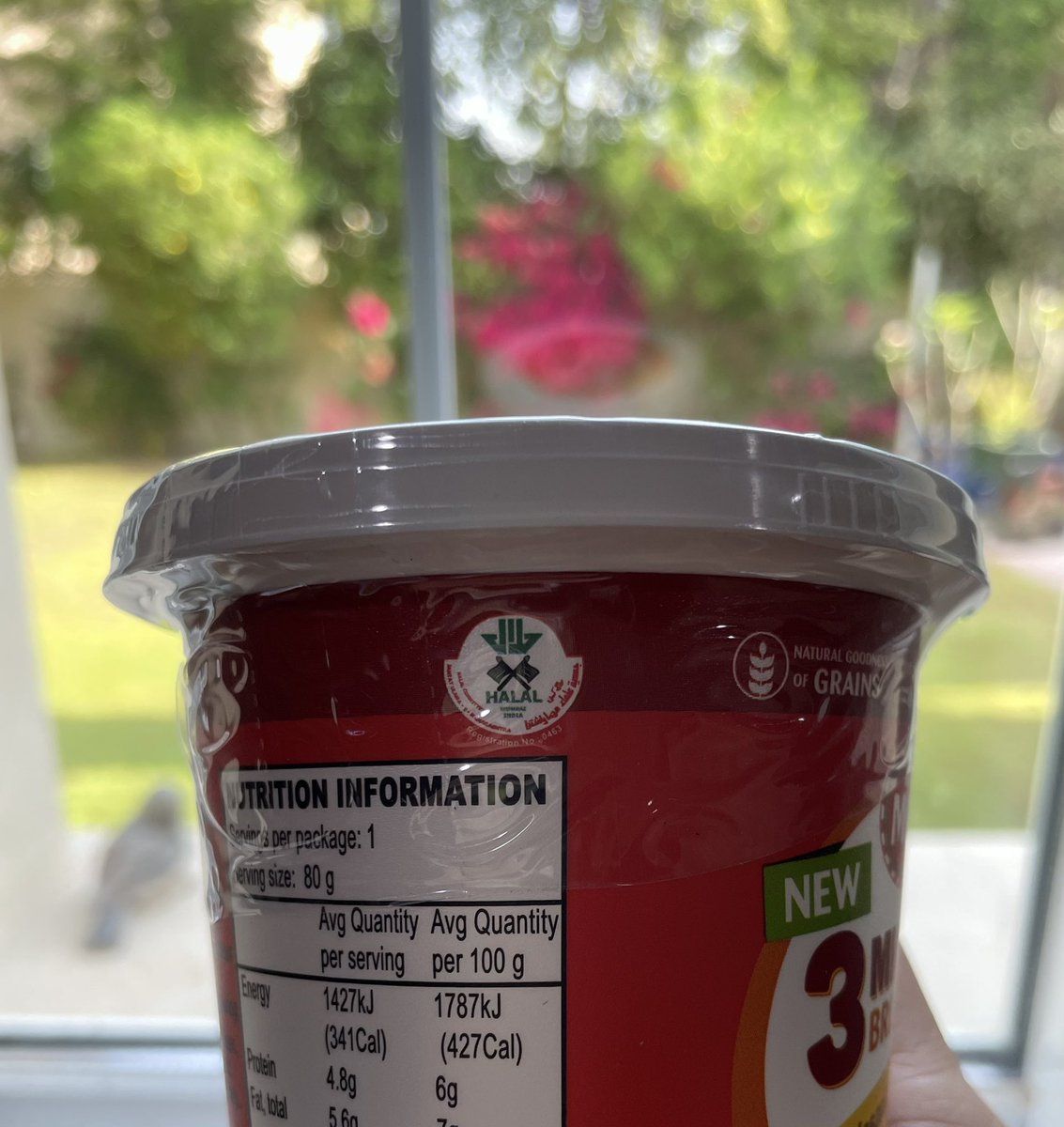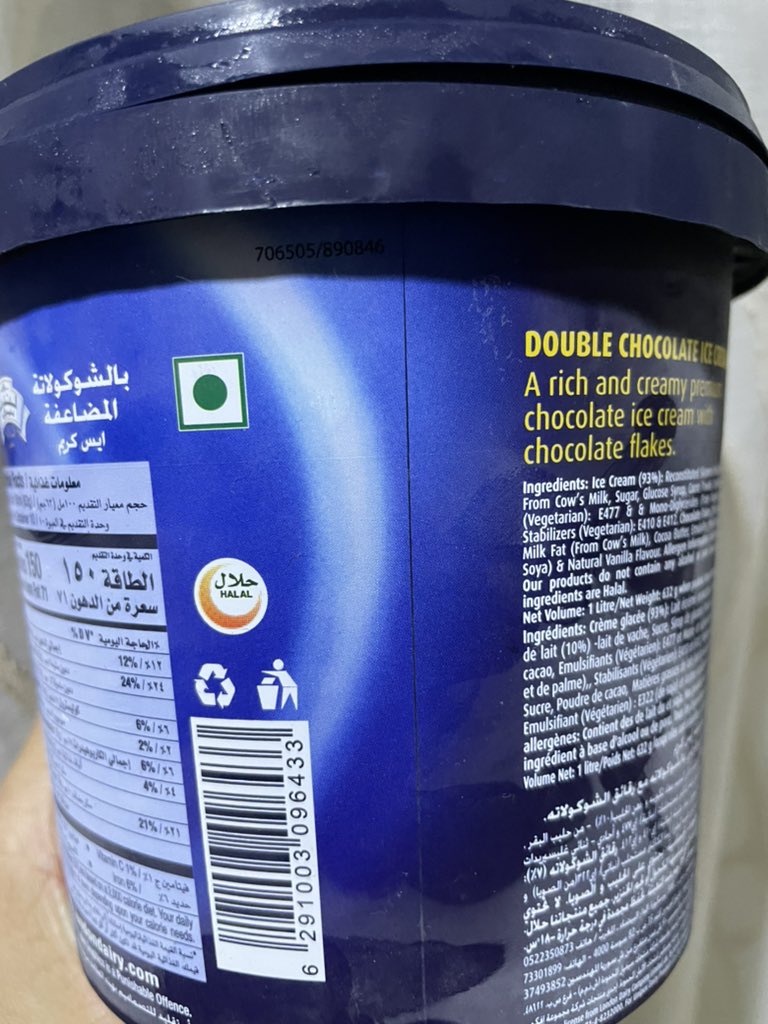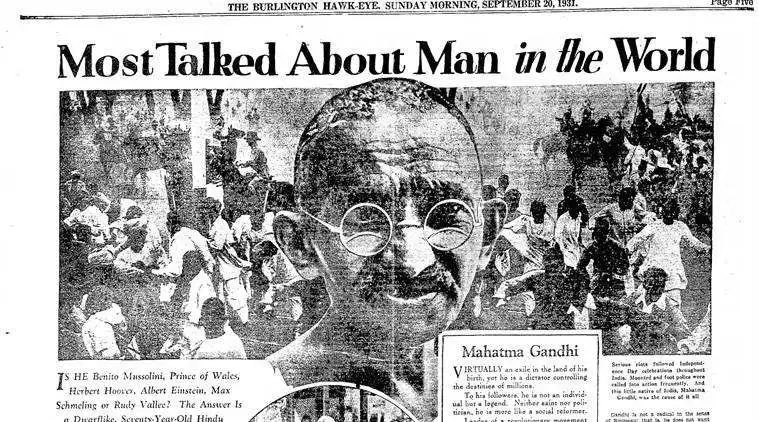What’s in a name? A look at the politics that is unfolding in India over the name of a COVID variant. Thread 👇1/n
Learning from past experience, WHO’s 2015 guidelines warn against location based naming of new infectious diseases in order to avoid stigmatizing the communities involved and minimize negative effects on nations, economies and people. 2/n
Despite the guidelines, many like Trump insisted on calling COVID-19, the “China virus”. In India too such terms are popular in RW circles. Zee’s English channel WION for eg, makes a point every time to call it “Wuhan virus”. Another eg is propaganda outlet Opindia 3/n 



As the virus mutated, new variants emerged. WHO gave them names like B.1.1.7, B.1.351 and P.1. For ease of reference, many started calling them as UK, SA and Brazil variants. This included the Indian govt 4/n 



Things started to get complicated when a new strain was detected in India and caused a massive surge in cases. Like the other variants, media outlets started to refer to it as the ‘Indian variant’. 5/n bbc.com/news/health-55…
Not just the international media but Indian media also called it the “Indian variant” or the “Indian strain” 6/n 



The South Asian Journalists Association reminded news organizations against using the term “Indian variant”. They said like other variants, it could refer to it as a “variant first detected in.....” 7/n 

The matter started to heat up when in its weekly epidemiological update of 11 May 2021, WHO declared B.1.617, the variant first reported in India, as a variant of concern. 8/n 

Note that WHO didn’t call it the “Indian variant” but it was widely reported globally and in India that WHO has classified the “Indian variant” as a variant of concern. 9/n
India immediately objected. PIB issued a clarification that WHO has not associated the term “Indian Variant” with the B.1.617 variant of the coronavirus in its 32 page document. 10/n
https://twitter.com/pib_india/status/1392388222517272576
WHO does not name variants by their location. WHO gives an alphanumeric name to the variant and identifies where it was first detected. This is what it had done in the 32 page document. who.int/docs/default-s… 11/n 

Just a reminder that even though WHO had not associated country names with earlier variants, Indian official handles had routinely referred to them as UK, SA and Brazil variants. 13/n 

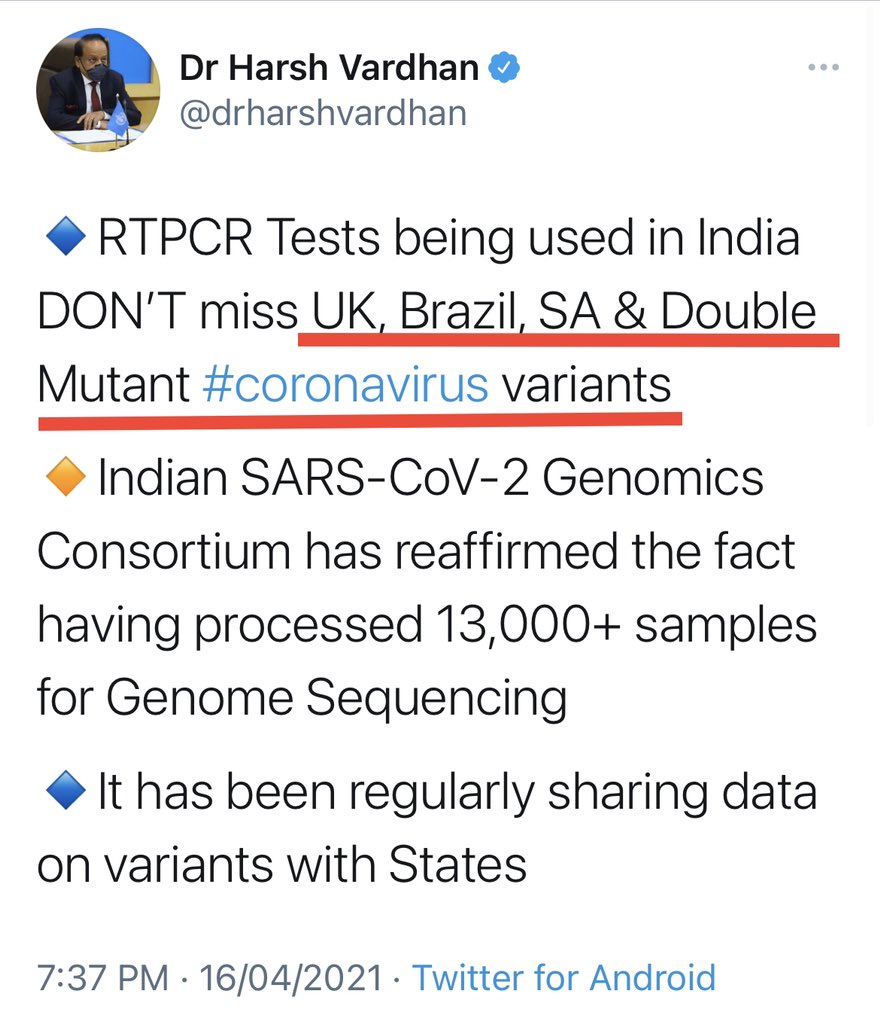

But now all hell broke loose because a variant was being referred to as ‘Indian variant’. India asked social media platforms to remove reference to ‘Indian variant’ from their content. 14/n 



WION of ‘Wuhan virus’ fame called strains first detected in other countries as UK, SA, Brazil variants and the strain first detected in India as B.1617.2 variant. International outlets were not so pliant and continued to refer to all variants by location. 15/n 

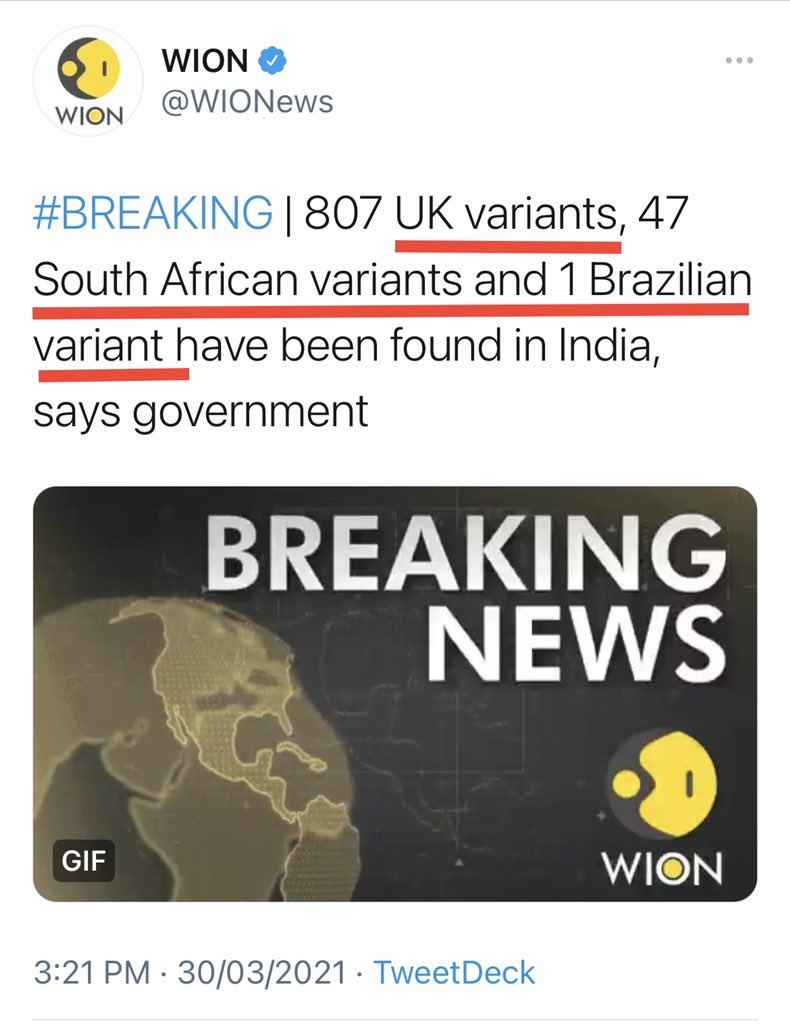
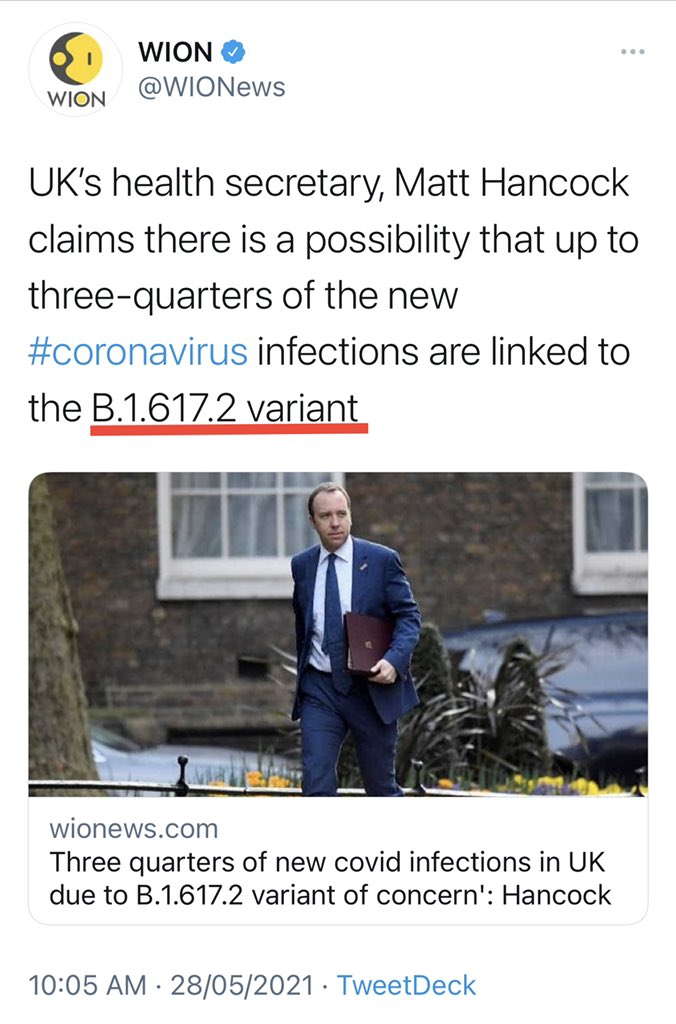
First, there was an attempt to blame the name on a “Congress Toolkit”. Then, of all the media outlets around the world using the term ‘Indian variant’, BJP’s Patra picked two Pakistani ones and blamed it on the opposition for defaming India. 16/n 
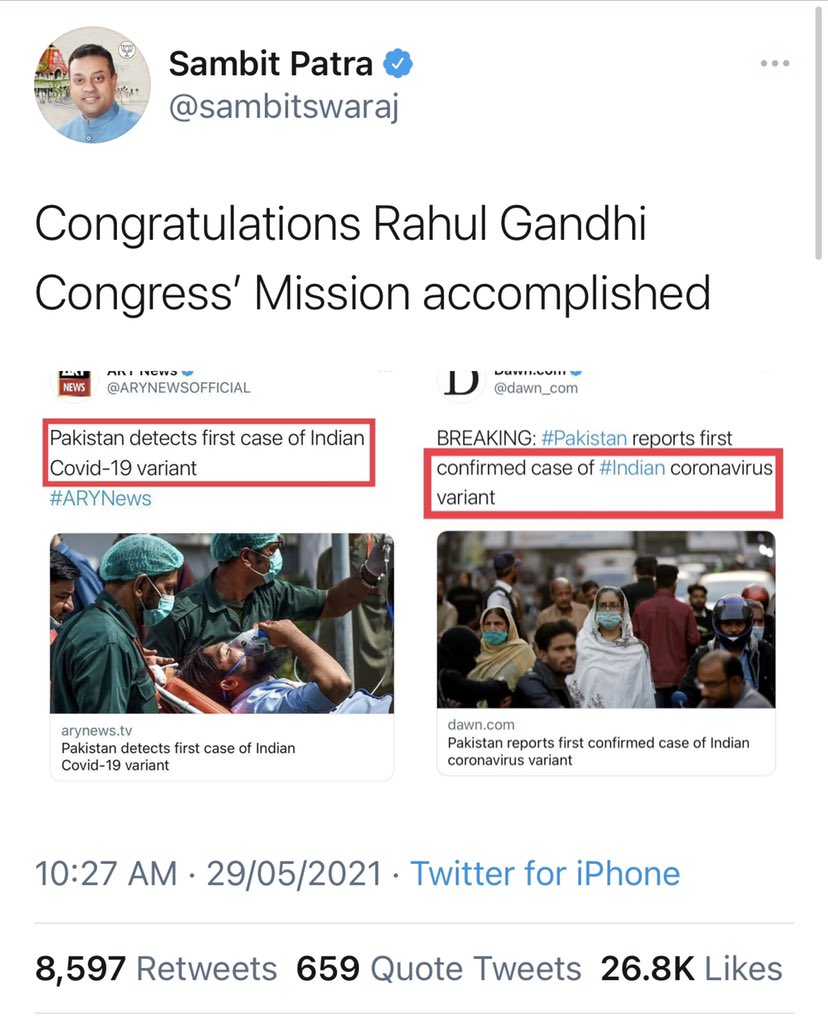
It’s entirely a different matter that some time ago, Patra was himself sharing articles that used the term ‘Indian variant’ 
https://twitter.com/sambitswaraj/status/1387629732133576704?s=2117/n

Patra’s allegations were immediately countered by Congress by producing a document where the government itself had used the term ‘Indian double mutant strain’ in an affidavit to the Supreme Court 18/n
https://twitter.com/Pawankhera/status/1398621346565791744
BTW there is talk that WHO is going to announce a new system to name virus variants - something ‘like hurricanes’, letting the countries of origin to pick a name. 19/n thehindu.com/news/national/…
But for now this controversy over the variant name provides a ‘useful’ distraction from issues that matter. Who said what’s in a name? And that a rose by any name would smell as sweet and a virus by any name would be as deadly....No, it’s not so simple! 15/15
• • •
Missing some Tweet in this thread? You can try to
force a refresh

